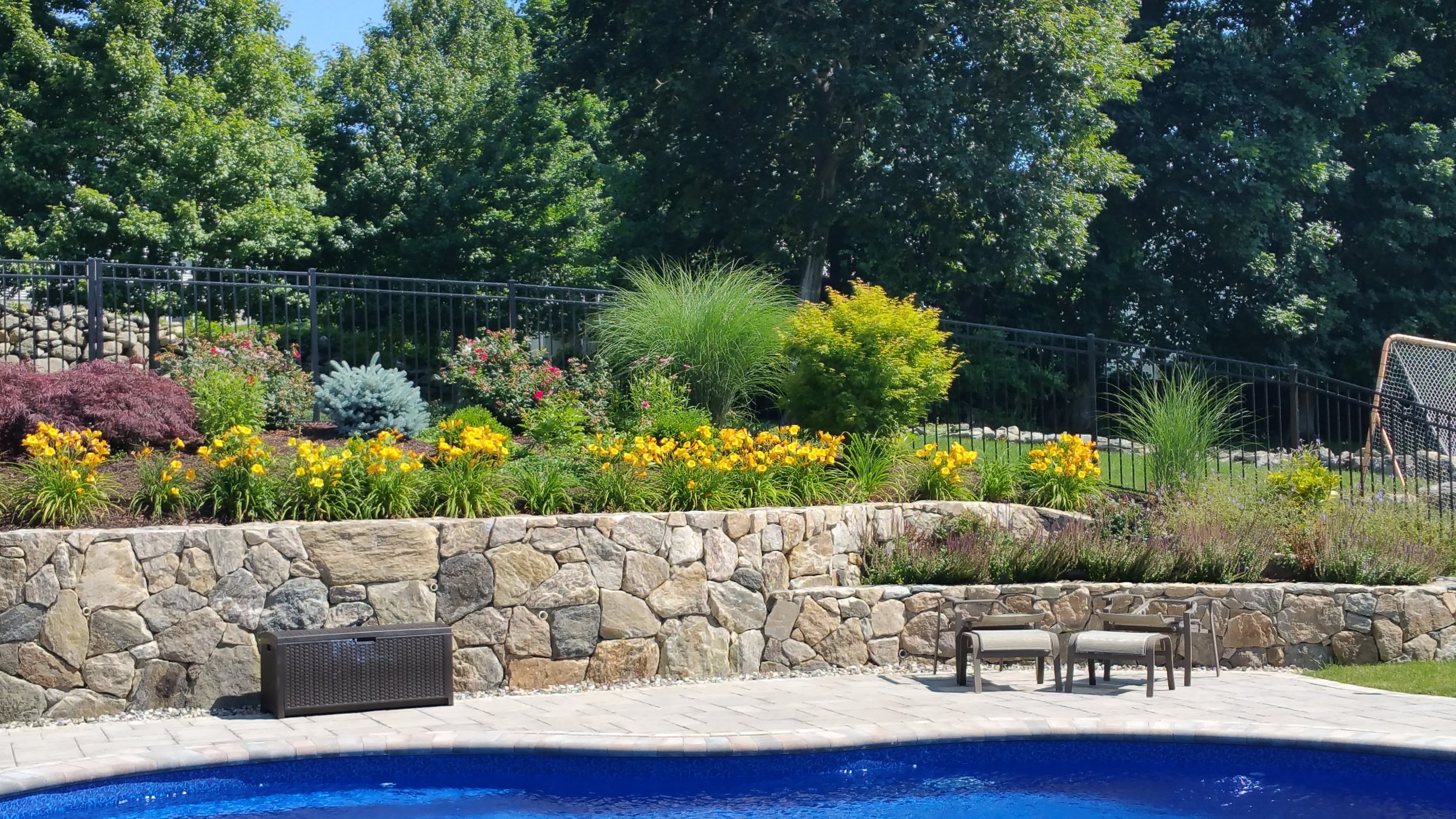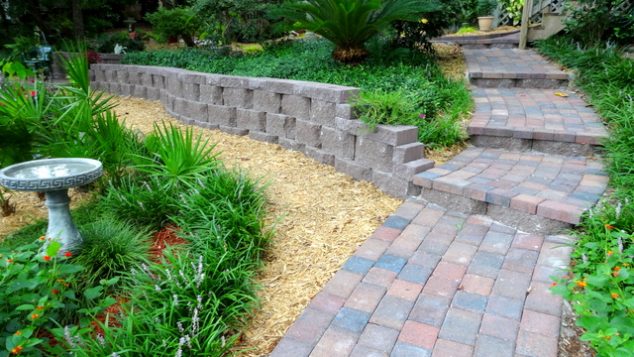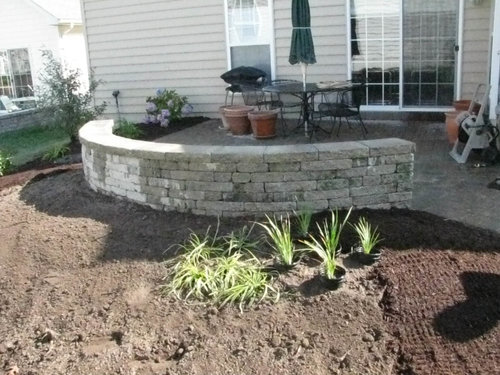The 8-Second Trick For Annapolis Retaining Wall And Garden Wall Construction


A wall for keeping in area a mass of earth or the like, as at the edge of a balcony or excavation. A keeping wall is a framework created and created to withstand the side pressure of soil, when there is a desired adjustment in ground elevation that surpasses the angle of repose of the dirt.
However the term normally refers to a cantilever keeping wall, which is a free standing framework without lateral assistance at its top. These are cantilevered from a ground and also surge over the grade on one side to keep a higher degree grade on the opposite side - Annapolis Retaining Wall and Garden Wall Construction. The wall surfaces must stand up to the lateral pressures produced by loose soils or, in some cases, water stress.

The wedge is specified as the soil which prolongs beyond the failing aircraft of the dirt kind existing at the wall website, and also can be determined as soon as the soil friction angle is understood. As the problem of the wall surface raises, the dimension of the moving wedge is decreased. This reduction reduces the stress on the keeping wall surface.

This develops side earth pressure behind the wall which depends on the angle of internal friction (phi) and also the natural toughness (c) of the preserved product, as well as the direction and magnitude of activity the retaining structure goes through. Lateral planet pressures are absolutely no on top of the wall surface and in identical ground rise proportionally to an optimum worth at the most affordable depth.
The Main Principles Of Annapolis Retaining Wall And Garden Wall Construction

Likewise, any kind of groundwater behind the wall that is not dissipated by a drain system creates hydrostatic stress on the wall surface. The complete pressure or thrust may be assumed to act at one-third from the most affordable deepness for lengthwise stretches of uniform elevation. Annapolis Retaining Wall and Garden Wall Construction. It is essential to have proper water drainage behind the wall in order to limit the pressure to the wall's layout worth.

Dry-stacked gravity walls are rather flexible as well as do not require a stiff footing. Previously in the 20th century, taller preserving wall surfaces were usually gravity wall surfaces made from big masses of concrete or stone. Today, taller keeping walls are significantly built as composite gravity walls such as: geosynthetics such as geocell cellular confinement earth retention or with precast facing; gabions (piled steel wire baskets full of rocks); crib walls (cells developed log cabin style from precast concrete or lumber as well as filled with granular material).


The Ultimate Guide To Annapolis Retaining Wall And Garden Wall Construction
For a fast estimate the product is typically driven 1/3 over ground, 2/3 listed below ground, but this may be modified depending upon the environment. Taller sheet heap walls will certainly need a tie-back support, or "dead-man" put in the dirt a range behind the face of the click for more info wall, that is linked to the wall surface, usually by a wire or a rod.
Bored stack maintaining walls are built by constructing a series of bored stacks, proceeded by excavating away the excess dirt. Depending on the project, the bored pile retaining wall might consist of a collection of planet anchors, strengthening light beams, dirt improvement operations and shotcrete support layer. This building and construction technique often tends to be utilized in circumstances where sheet stacking is a valid building and construction option, however where the resonance or noise degrees produced by a heap chauffeur are not appropriate.
Typically driven into the product with boring, anchors are then broadened at the end of the cable, either by mechanical methods or often by infusing pressurized concrete, which expands to develop a bulb in the soil. Technically facility, this technique is very valuable where high lots are expected, or where the wall surface itself has to be slender and also would or else be as well weak.
The bars are normally installed into a pre-drilled opening and afterwards grouted into location or drilled and also grouted at the same time. They are usually installed untensioned at a mild down disposition. A rigid or versatile encountering visit homepage (often splashed concrete) or isolated dirt nail heads may be utilized at the surface. A variety of systems exist that do not contain just the wall surface, however reduce the earth stress acting straight on the wall surface.